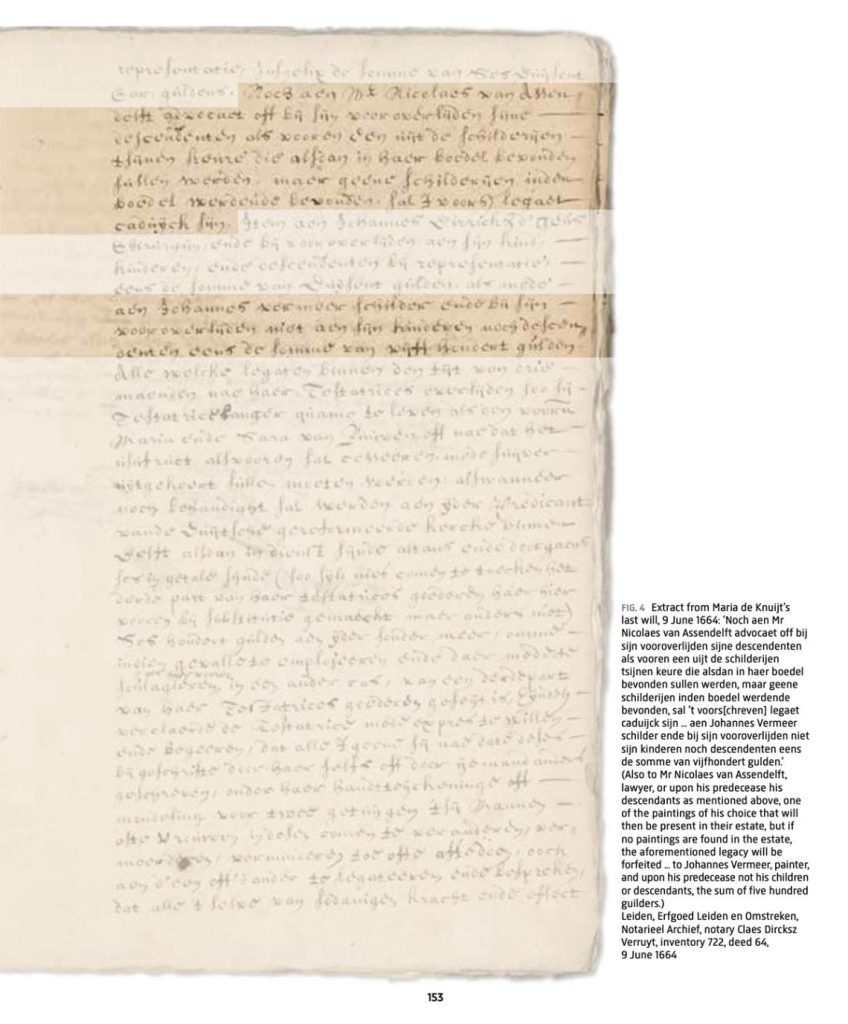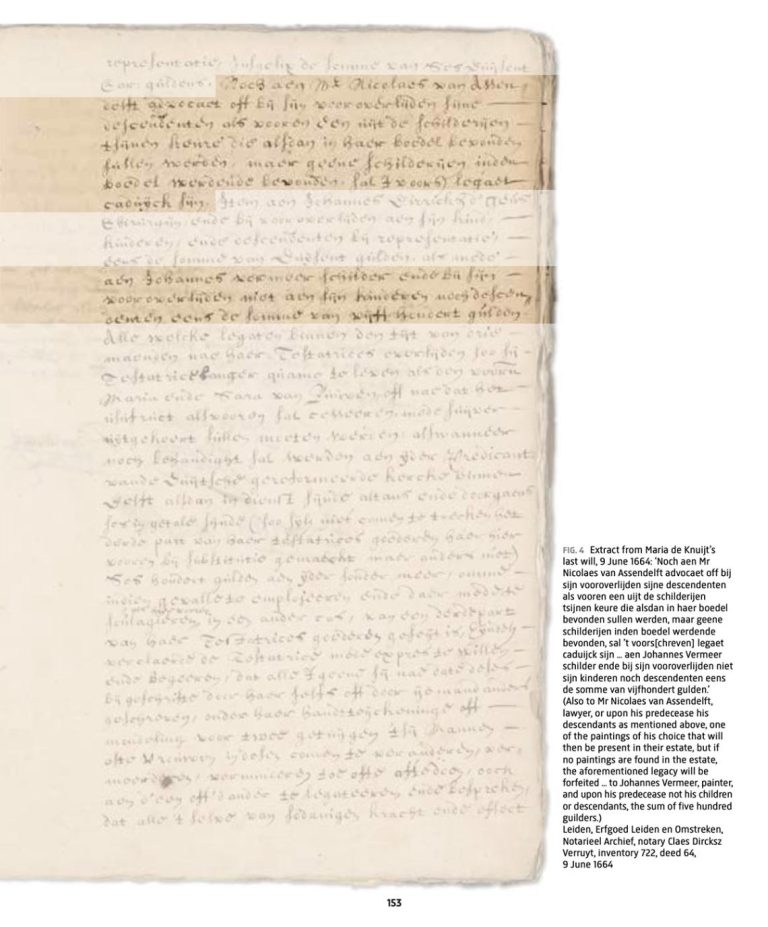Was Vermeer’s main patron a woman?
The world-famous Girl with a Pearl Earring was most likely not commissioned by Vermeer’s male patron, but by the man’s wife, art historians from the University of Amsterdam have discovered. New archival research points to a significant role for Maria de Knuijt – the wife of the supposed patron – in many of Vermeer’s works. Without her, we might never have seen the masterpieces that are now famous around the world.
Art historians Piet Bakker and Judith Noorman of the University of Amsterdam investigated who the most important patron was for Johannes Vermeer, one of the greatest painters of the seventeenth century.
‘It was always believed to be the Dutch art collector Pieter van Ruijven,’ Bakker and Noorman explain. ‘However, our research shows that Van Ruijven’s wife, Maria de Knuijt, daughter of a Delft textile merchant, likely took the initiative in purchasing approximately half of Vermeer’s output. This includes the world-famous Girl with a Pearl Earring and View of Delft.’
De Knuijt’s will
In addition to using previously known sources, Bakker and Noorman also gained insights from newly discovered sources. For example, they discovered De Knuijt’s will from 1664, which reveals that she had long harboured the desire to leave 500 guilders to ‘Johannes Vermeer, painter’, a substantial sum at the time.
‘She expressly desired that the money be intended solely for Vermeer, and not for any heirs,’ Bakker and Noorman explain. ‘She also granted Nicolaes van Assendelft, a lawyer and likely a fellow art lover, the right to choose a painting from her collection after her death.’
Such personal bequests to artists were exceptional. This points to a special bond between De Knuijt and Vermeer.
‘De Knuijt was an exceptionally well-documented art lover who gave Vermeer the time and freedom to pursue his artistic ambitions, even after her death,’ Bakker and Noorman say.

Auction
De Knuijt’s influence is also evident in an auction in 1696, where 21 Vermeer paintings from the estate of her daughter and son-in-law were sold.
‘These works include some of Vermeer’s most famous paintings, including The Milkmaid, View of Delft, and The Lacemaker. Although Van Ruijven is often considered the original buyer, the documents show that De Knuijt possibly made and documented the purchases.’
Women underexposed
Why has De Knuijt’s role been overlooked for so long?
‘For decades, art history has been written from a male perspective, in which women were often referred to only as wives or housewives,’ Bakker and Noorman explain.
‘Archival documents bearing their names were underexposed or attributed to their husbands. Only in recent years has attention been paid to women as independent actors in the art market.’
Bakker and Noorman aim to highlight precisely this female influence with their research project The Female Impact.
‘Wealthy women like De Knuijt furnished the interiors of house, bought art, and helped shape the tastes of their time.’
Not just any collector
Maria de Knuijt was no ordinary collector: she supported Vermeer, documented his work, and ensured the preservation of his art. A remarkable discovery that, according to the researchers, is causing quite a stir. ‘We like to joke that because of our research, the film Girl with a Pearl Earring should be reshot. In it, Tom Wilkinson plays the starring role of Pieter van Ruijven, and Maria de Knuijt doesn’t say a word.’
Closer to Vermeer
Bakker and Noorman’s findings are presented in the volume: Closer to Vermeer: New Research on the Painter and His Art. This volume, published by the Rijksmuseum in collaboration with Hannibal Books, is being published to mark the 350th anniversary of Vermeer’s death. It is the result of extensive, multidisciplinary research on Vermeer and his working methods, conducted in conjunction with the Vermeer exhibition at the Rijksmuseum (2023) by scientists, conservators, and curators from institutions including the Rijksmuseum, the Mauritshuis, the National Gallery of Art in Washington, the Frick Collection and the Metropolitan Museum in New York, the National Gallery in London, and the University of Antwerp.
Press release from the University of Amsterdam


